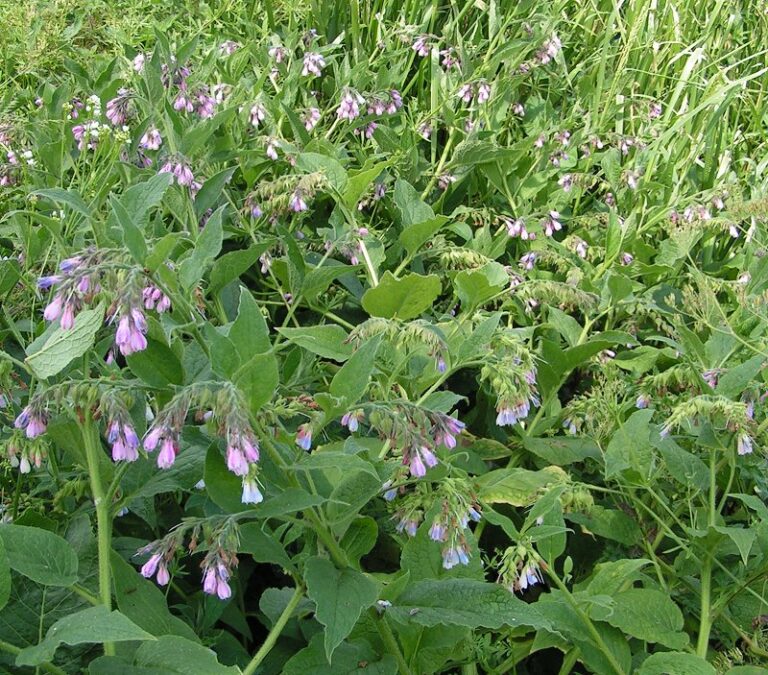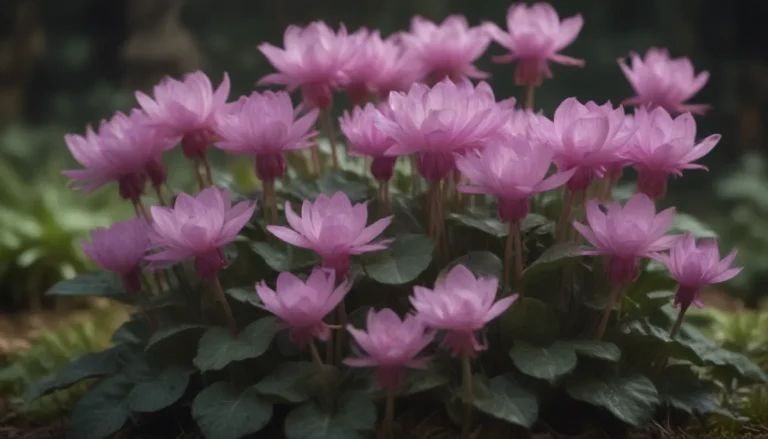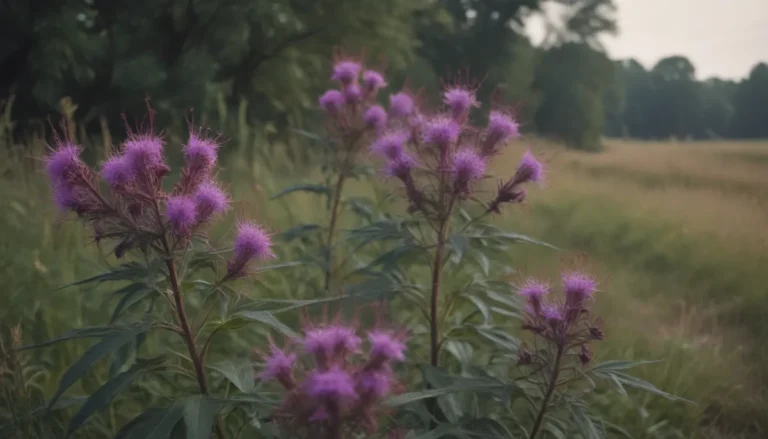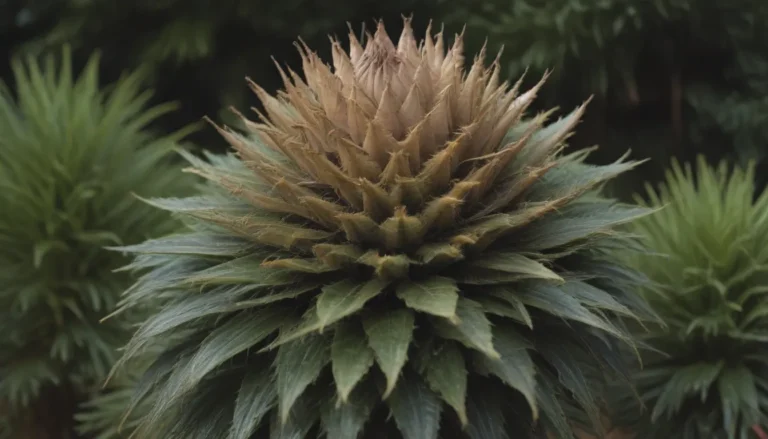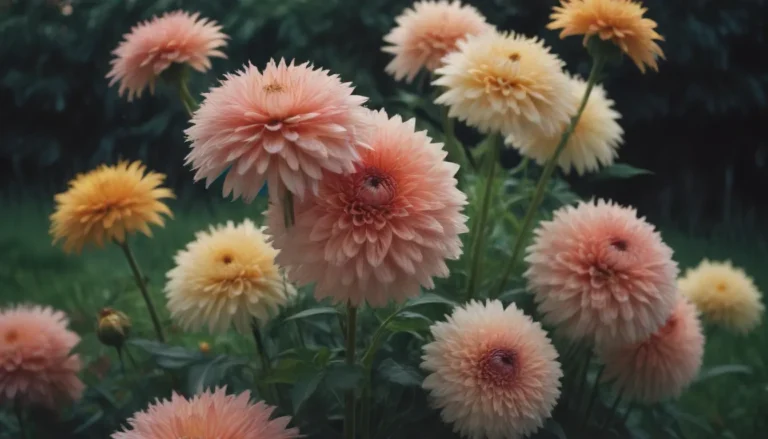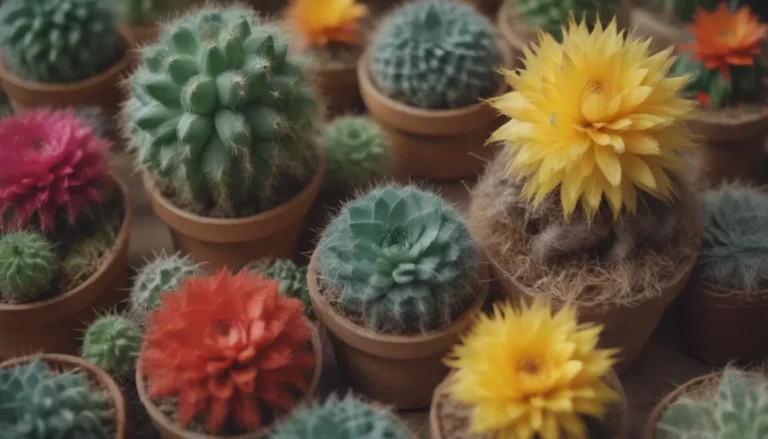Sunflowers: A Complete Guide to Annual and Perennial Varieties
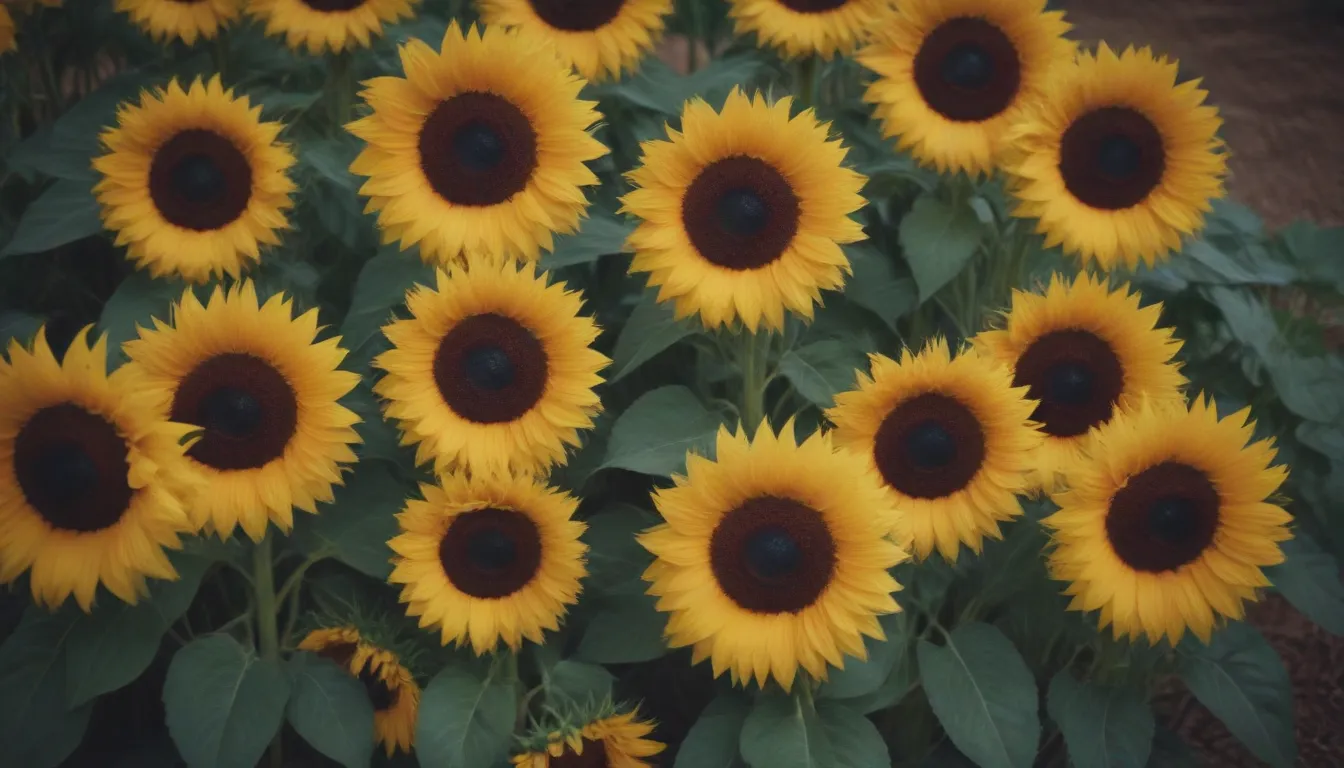
Welcome to the ultimate guide to sunflowers! If you’ve ever wondered whether sunflowers come back every year, you’re in the right place. Whether you have a small patio garden or a sprawling backyard, sunflowers are a fantastic addition to any landscape. In this comprehensive guide, we’ll explore the differences between annual and perennial sunflowers, help you decide which varieties to plant, and provide tips for successful sunflower gardening.
The Sunflower Dilemma: Annual vs. Perennial
If you’re contemplating planting sunflowers and want to know if they will return year after year, the answer largely depends on the type of sunflower you choose. Sunflowers belong to the Helianthus genus, which includes both annual and perennial species. Here’s a breakdown to help you choose the right type for your garden:
Annual Sunflower Varieties
Annual sunflowers are available in a wide range of varieties, most of which are hybrids. This means that the seeds from these sunflowers will not produce the same type of plant. If you want a consistent display of sunflowers each year, you will need to purchase fresh seeds annually. Popular annual sunflower varieties include:
- American Giant: Growing up to an impressive 16 feet tall with heads reaching 10 inches in diameter.
- Autumn Beauty: Known for its vibrant mix of warm colors, including orange, gold, yellow, burgundy, and rust, and can grow up to 7 feet tall.
- Dwarf Sunspot: A compact variety perfect for smaller spaces, growing only 2 to 3 feet tall.
- Lemon Queen: An heirloom variety with lemon-yellow blooms and chocolate-colored centers that attract honeybees, reaching heights of 5 to 9 feet.
- Teddy Bear: Featuring double, deep yellow flowers on bushy plants that grow 2 to 4 feet high.
Annual sunflowers are typically sown directly in the garden, with seeds requiring a soil temperature of at least 60°F to germinate. If you’re eager to get started early, consider starting seeds indoors about three weeks before your average last frost date.
Once planted outdoors, ensure the soil has warmed to 60 to 70°F and keep the young plants well-watered until they are established. Once established, annual sunflowers are relatively drought-tolerant, requiring around 1 inch of water per week.
Perennial Sunflower Varieties
Perennial sunflowers, on the other hand, offer the advantage of returning year after year once established. These varieties can be a great choice for gardeners seeking low-maintenance plants that provide long-term beauty. Some popular perennial sunflower species include:
- Ashy Sunflower: A compact variety that blooms from July through September, reaching heights of 2 to 3 feet.
- Giant Sunflower: Resembling annual sunflowers with heights of up to 9 feet, this species features large, seed-filled centers.
- Maximilian Sunflower: Known for its prolific blooming habit, with pale yellow flowers on plants that grow 3 to 10 feet tall.
- Swamp Sunflower: Native to the southeastern United States, this variety grows 6 to 9 feet tall with bright yellow flowers.
- Western Sunflower: Despite its name, this species is native to the eastern and central United States, growing 2 to 4 feet tall and blooming from mid-summer to fall.
Perennial sunflowers may take longer to bloom, typically not flowering until the second year. However, once established, these plants spread easily through their rhizomes or seeds, creating a consistent display for years to come.
Planting and Caring for Sunflowers
So, now that you’ve decided whether to plant annual or perennial sunflowers, let’s explore some tips for successful sunflower gardening:
- Sunlight: Sunflowers thrive in full sunlight, so choose a location in your garden that receives at least six to eight hours of sunlight per day.
- Soil: Sunflowers prefer well-draining soil with a pH of 6.0 to 7.5. To improve soil fertility, consider adding organic matter such as compost or aged manure.
- Watering: While young sunflowers need regular watering to establish their roots, mature plants are drought-tolerant and require around 1 inch of water per week.
- Support: Taller sunflower varieties may require staking to prevent them from toppling over in windy conditions. Use bamboo stakes or a trellis for support.
- Deadheading: To encourage continuous blooming, deadhead spent flowers by removing them from the plant. This will redirect the plant’s energy into producing new blooms.
- Pest Control: Keep an eye out for common pests such as aphids and caterpillars. Consider using natural remedies like neem oil or insecticidal soap to control infestations.
With these tips in mind, you can enjoy a vibrant display of sunflowers in your garden, attracting pollinators and wildlife while adding a touch of natural beauty to your outdoor space.
Resources for Sunflower Enthusiasts
If you’re eager to learn more about sunflowers or are seeking additional information, be sure to check out these resources:
- Penn State Extension: Sunflowers (Helianthus annuus).
- Texas A&M AgrifLife Extension: Sunflower production guide.
- West Virginia University Extension: Growing sunflowers for beginners.
- National Science Foundation: Ten things to know about the flowers of fall: Sunflowers.
- Iowa State University Extension and Outreach: Perennial sunflowers for the home landscape.
- U.S. Forest Service: Ashy sunflower (Helianthus mollis).
- University of Arkansas: Plant of the Week: Helianthus giganteus, Giant Sunflower.
- North Carolina State Extension: Helianthus maximiliani, Helianthus angustifolia, Helianthus occidentalis.
These resources offer valuable information on sunflower cultivation, varieties, and care, making them essential references for both novice and experienced gardeners alike.
Final Thoughts
Whether you choose to plant annual sunflowers for their vibrant colors or perennial varieties for their long-lasting beauty, sunflowers are a wonderful addition to any garden. By understanding the differences between annual and perennial sunflowers, you can make an informed decision that suits your gardening goals and preferences.
So, go ahead and plant a patch of sunflowers in your garden—they’ll not only brighten your outdoor space but also attract beneficial pollinators and wildlife. With the right care and attention, your sunflowers will provide you with years of enjoyment and natural beauty. Happy gardening!
